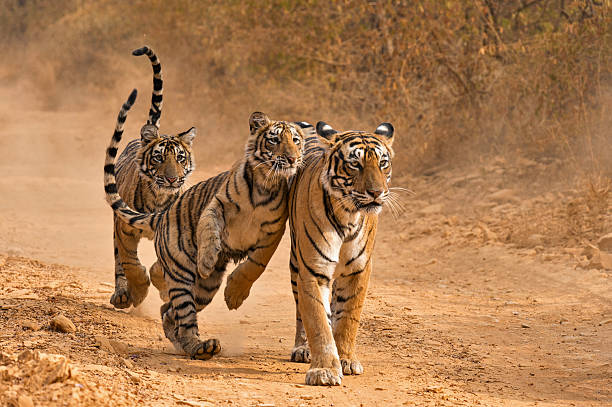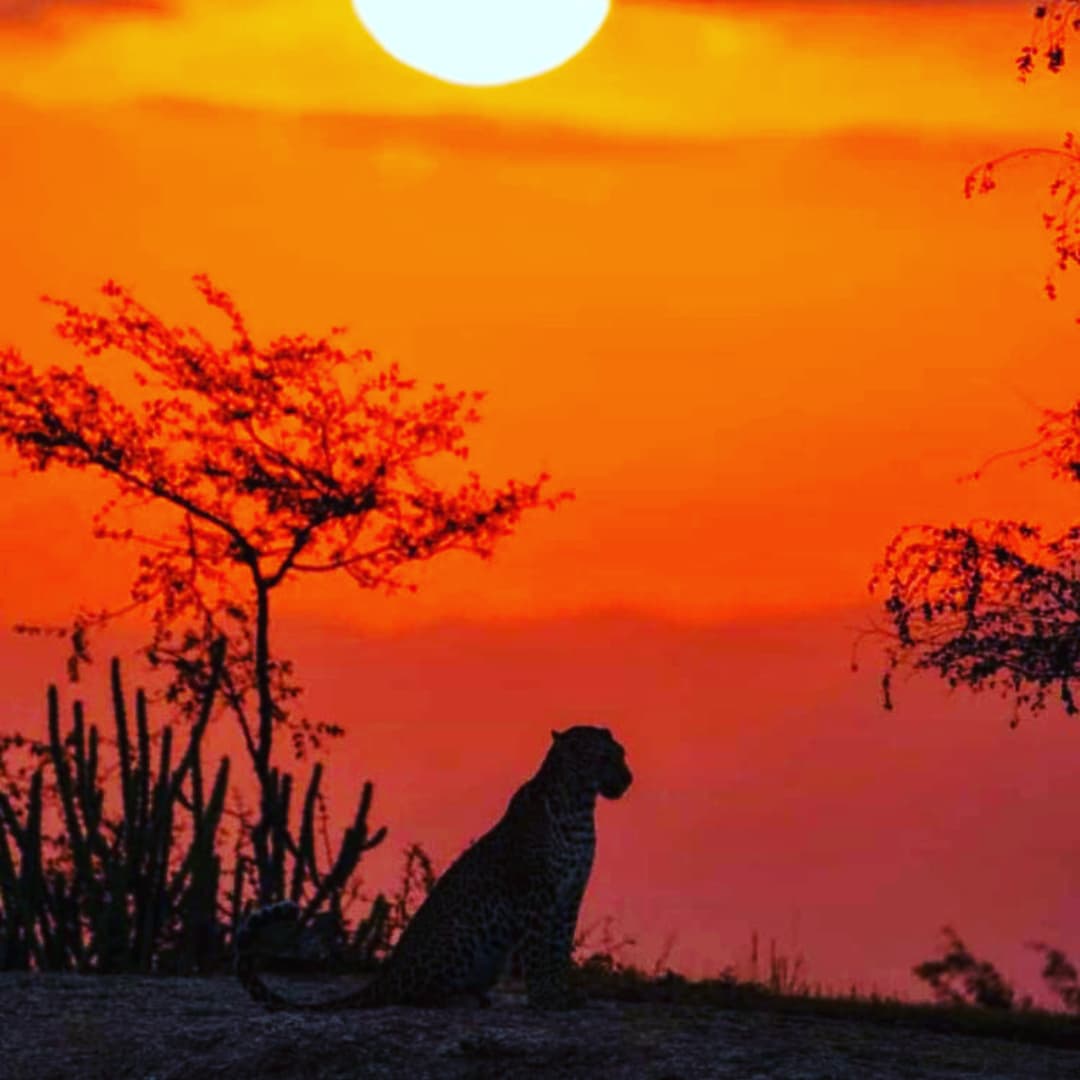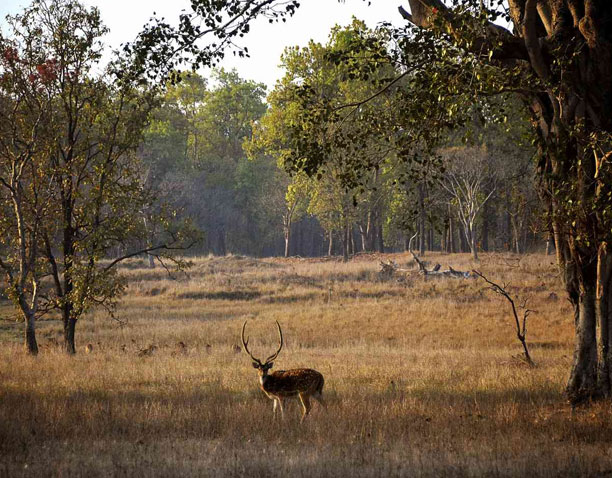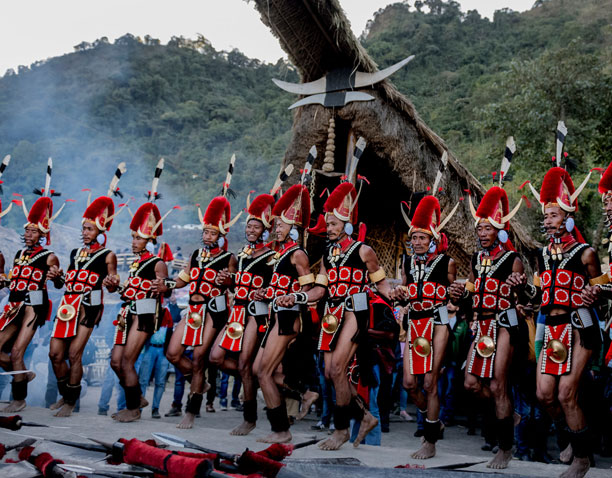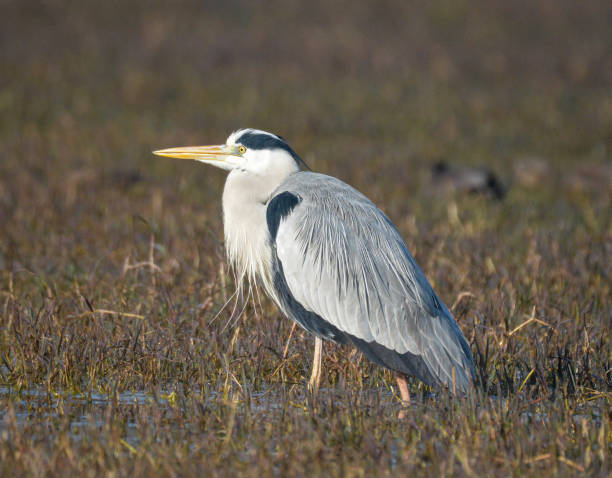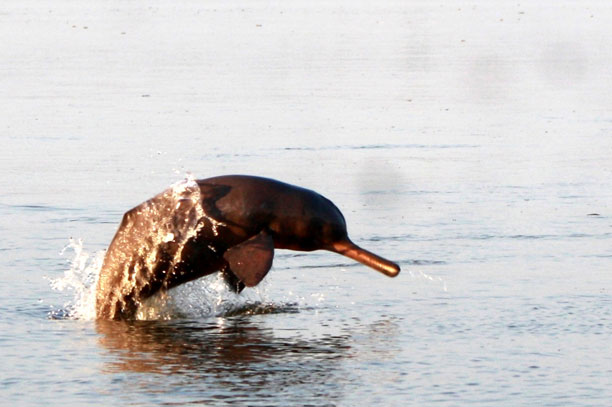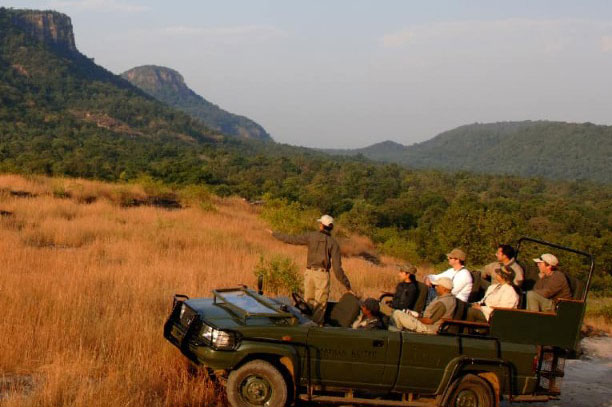Embark on a Indian Wildlife Safari through the wild beauty of India’s wildlife reserves. Are you yearning for an exhilarating adventure filled with close encounters with majestic tigers, roaming elephants, and elusive leopards? Look no further – an epic safari in India awaits! However, don’t wait too long to book your wildlife experience, as early booking is key to securing a spot.
In this article, we will explore the reasons why early booking is crucial for an unforgettable safari adventure in India. From encountering endangered species in their natural habitat to witnessing breathtaking landscapes, an early reservation ensures you don’t miss out on the best wildlife experiences.
The Benefits of Early Booking

When it comes to planning your safari adventure in India, early booking offers a plethora of advantages. Let’s delve into some of the benefits that come with securing your spot ahead of time.
Firstly, by booking early, you guarantee availability at wildlife reserves. Indian wildlife reserves are highly sought after destinations, attracting tourists from all around the world. With limited slots and high demand, waiting until the last minute might result in disappointment. By securing your reservation in advance, you ensure that you have a spot on the safari of your dreams.
Secondly, early booking often comes with exclusive deals and discounts from safari operators. Safari operators understand the value of securing reservations early and often offer incentives to encourage early bookings. These deals can range from discounted rates to complimentary upgrades, making your safari adventure even more enticing.
Lastly, by booking early, you have ample time to plan ahead and prepare for your adventure. You can research the best time to visit, pack appropriate clothing, and gather any necessary documents or vaccinations. Planning ahead allows you to make the most of your experience, ensuring a smooth and enjoyable journey.
Wildlife Spotting Opportunities in India
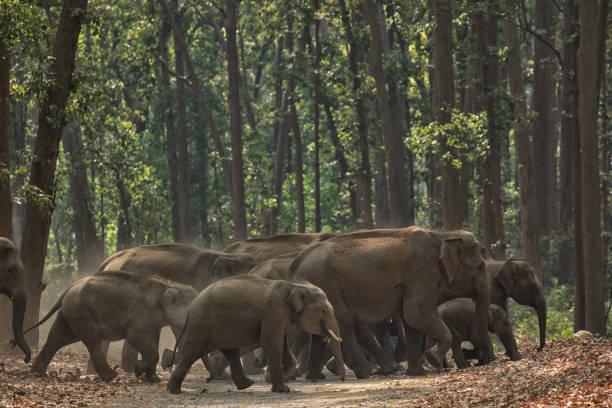
India is a treasure trove of biodiversity, home to a wide range of flora and fauna. From the regal Bengal tiger to the graceful Indian elephant, you’ll have the opportunity to encounter some of the world’s most iconic wildlife during your Indian safari adventure.
- Bengal Tiger: The national animal of India, the Bengal tiger is a majestic creature that symbolizes power and grace. With only around 2,000 left in the wild, spotting a tiger in its natural habitat is a truly awe-inspiring experience.
- Indian Elephant: Known for its intelligence and gentle nature, the Indian elephant is a sight to behold. Observing these magnificent creatures as they roam freely in their natural habitat is a humbling experience that will stay with you forever.
- Indian Rhinoceros: Found in the northeastern region of India, the Indian rhinoceros is a critically endangered species. Watching these prehistoric-looking creatures up close is a rare privilege that you don’t want to miss.
- Asiatic Lion: The last remaining population of wild Asiatic lions can be found in the Gir Forest National Park in India. Seeing these majestic creatures in their natural habitat is an experience that will leave you in awe.
- Snow Leopard: For those seeking a more elusive encounter, the snow leopard is a must-see. With its camouflaged coat and elusive nature, spotting a snow leopard in the Himalayas is a thrilling and rare experience.
Popular Safari Destinations in India
India boasts a multitude of safari destinations, each offering a unique wildlife experience. Some of the most popular safari destinations that should be on your radar include the diverse landscapes and rich biodiversity that India has to offer.
- Ranthambore National Park: Located in the state of Rajasthan, Ranthambore National Park is one of the best places in India to spot tigers. The park’s diverse landscapes, including lakes, forests, and ancient ruins, provide the perfect backdrop for a memorable safari adventure.
- Bandhavgarh National Park: Nestled in the Vindhya Hills of Madhya Pradesh, Bandhavgarh National Park is famous for its high density of tigers. The park’s lush greenery and picturesque landscapes make it a paradise for wildlife enthusiasts.
- Kanha National Park: Known as the inspiration behind Rudyard Kipling’s “The Jungle Book,” Kanha National Park is a haven for wildlife lovers. The park’s extensive grasslands, sal forests, and meandering streams provide a picturesque setting for encountering a diverse range of wildlife.
- Jim Corbett National Park: Situated in the foothills of the Himalayas, Jim Corbett National Park is India’s oldest national park. It offers a unique blend of wildlife, natural beauty, and adventure. From tigers and elephants to rare bird species, this park has it all.
- Kaziranga National Park: Located in the northeastern state of Assam, Kaziranga National Park is a UNESCO World Heritage Site and home to the world’s largest population of one-horned rhinoceroses. Exploring the park’s vast grasslands and marshes is an experience like no other.
Understanding the Safari Season in India
To make the most of your Indian safari adventure, understanding the safari season in India is crucial. Each wildlife reserve has its own peak season, during which the chances of wildlife sightings are significantly higher. Keep these key points in mind when planning your visit to these natural havens.
- Ranthambore National Park: The best time to visit Ranthambore National Park is from October to June, with the peak season being from November to March. During this time, the weather is pleasant, and the chances of spotting tigers are higher.
- Bandhavgarh National Park: Bandhavgarh National Park is open from October to June, but the best time to visit is from November to February. The park remains closed during the monsoon season, which usually starts in July and lasts until September.
- Kanha National Park: The best time to visit Kanha National Park is from October to June, with the peak season being from November to March. The park remains closed during the monsoon season.
- Jim Corbett National Park: Jim Corbett National Park is open throughout the year, but the best time to visit is from November to February. The park remains closed during the monsoon season.
- Kaziranga National Park: Kaziranga National Park is open from November to April, with the peak season being from December to February. The park remains closed during the monsoon season.
Tips for Planning an Indian Wildlife Safari Adventure
Planning an epic Indian safari adventure requires careful consideration and thorough preparation. Follow these tips to ensure a smooth and memorable experience as you embark on this exciting journey.
- Research and choose the right safari destination based on your wildlife preferences and the best time to visit.
- Book your safari well in advance to secure your spot and take advantage of exclusive deals and discounts.
- Pack appropriate clothing, including lightweight and breathable clothes, comfortable shoes, and a hat for sun protection.
- Carry essential items such as sunscreen, insect repellent, a reusable water bottle, and a good quality camera with spare batteries and memory cards.
- Familiarize yourself with the rules and regulations of the wildlife reserve you plan to visit. Respect the wildlife and follow the instructions of your safari guide.
- Opt for a safari operator that has a good reputation, experienced guides, and a commitment to wildlife conservation.
- Immerse yourself in the local culture and explore other attractions in the surrounding area to make the most of your trip.
Testimonials from Early Bookers
Don’t just take our word for it – here are some testimonials from early bookers who have already experienced the safari magic of an Indian safari and can attest to its enchanting allure.
- “Booking our Indian safari adventure in advance was the best decision we made. Not only did we secure our preferred dates, but you will also get the best zones as well as best accommodations. The wildlife sightings were incredible, and we couldn’t have asked for a better experience.” – Sarah and Mark, United States
- “We were amazed by the diversity of wildlife we encountered during our Indian safari. From spotting tigers in Ranthambore to witnessing rhinos in Kaziranga, every day was filled with excitement. We highly recommend booking early to make the most of this incredible adventure.” – Kathy United States America.
- “As wildlife enthusiasts, we were thrilled to explore the national parks of India. Booking early allowed us to plan our trip meticulously and secure the best safari guides. The experience exceeded our expectations, and we can’t wait to return.” – Debbie Fergusson, USA
Conclusion: Start Planning Your Indian Wildlife Safari Adventure Today!
An unforgettable experience awaits you on an epic Indian safari adventure, filled with breathtaking encounters with majestic wildlife and awe-inspiring landscapes. Don’t miss out on this once-in-a-lifetime opportunity – start to plan your safari today!
By booking early, you not only secure your spot but also benefit from exclusive deals, and have ample time to prepare for adventure. Choose the right safari destination, pack appropriately, and engage in responsible tourism practices to make the most of your trip.
India’s wildlife reserves are not only home to incredible species but also serve as a testament to the country’s commitment to wildlife conservation. By embarking on an Indian safari, you support these conservation efforts and help protect these precious ecosystems for future generations.
So, don’t wait any longer – begin your journey into the wild beauty of India’s stunning wildlife reserves. Book early to secure your spot, and prepare for an unforgettable adventure on an Indian safari that will gift you with memories to cherish for a lifetime.

